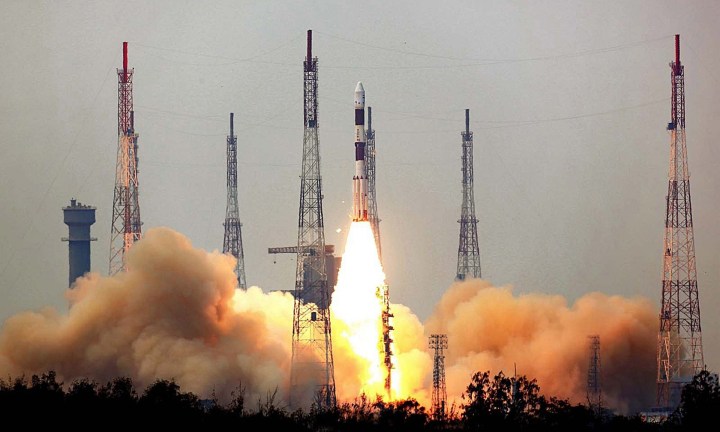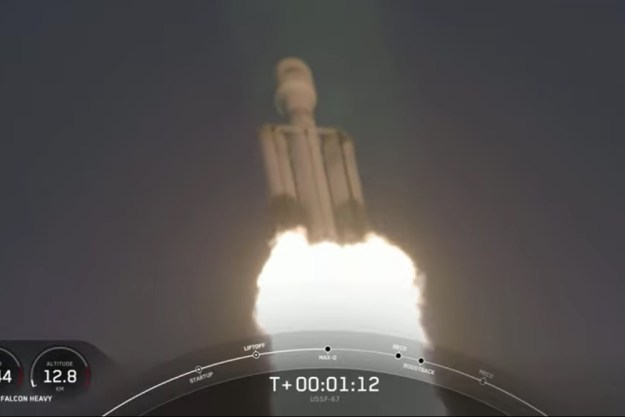
India confirmed that a rocket carrying the 1.5-ton mini observatory successfully lifted off on Sunday from the country’s southern spaceport in Sriharikota. “About 20 minutes after a perfect lift-off at 10 A.M. from our spaceport, the rocket has placed Astrosat in the intended orbit,” said mission director B. Jayakumar. The rocket carried both the Astrosat station and five foreign satellites, including one satellite from the US.
Dubbed the “mini-Hubble,” the Astrosat observatory houses a telescope capable of observing distant celestial objects in both visible and ultraviolet light. It also supports the entire X-ray waveband, which will be used to study far off parts of the universe, such as black holes and star magnetic fields. The Astrosat will maintain a low earth orbit of approximately 400 miles for the next five years. In keeping with its reputation for low-cost space engineering, the space observatory cost 1.8B rupees ($26 million) to build.
India’s successful launch was lauded by prime minister, Narendra Modi, who hailed the accomplishment as a sign of the country’s technological progress. During the launch, Modi was in the United States visiting with silicon valley leaders to promote India as a tech-friendly destination.
Editors' Recommendations
- Starliner spacecraft just took a major step toward first crewed flight
- Crew-8 launches with small crack in capsule, but SpaceX says it’s safe
- How to watch NASA launch its newest ocean and atmosphere observation satellite tonight
- Four telescopes work together to create a gorgeous image of a supernova remnant
- NASA’s Psyche spacecraft sends back its first image of a star field





